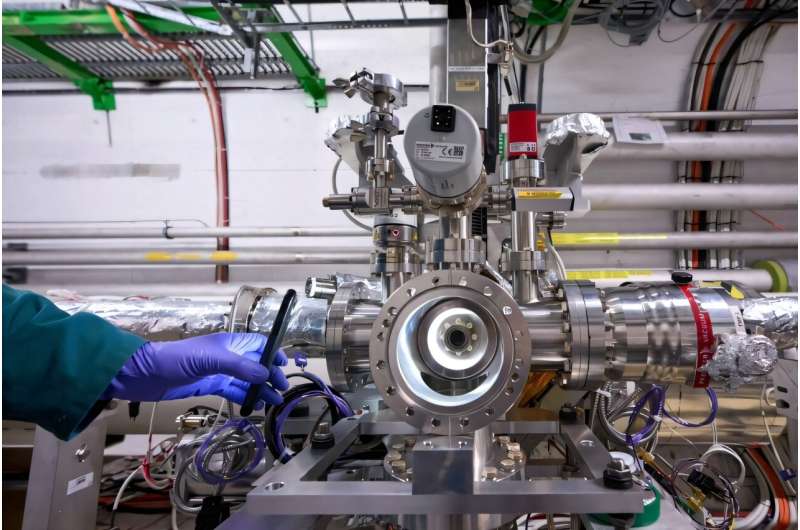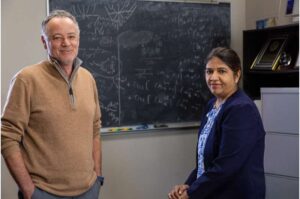
A new beam diagnostic instrument developed by researchers from the University of Liverpool is now operational at the Large Hadron Collider (LHC), the world’s largest and most powerful particle accelerator. This innovative device, termed the Beam Gas Curtain (BGC) monitor, has received approval for continuous use, expected to operate approximately 2,000 hours per year.
The BGC monitor addresses a significant challenge in accelerator physics: measuring high-energy particle beams without disrupting them. This advancement marks the culmination of nearly a decade of research and development by the QUASAR Group, which is part of the University’s Department of Physics and the Cockcroft Institute. Over the past two decades, Professor Carsten P. Welsch, Head of the QUASAR Group, has led the efforts to bring this technology to fruition.
Professor Welsch stated, “This is a tremendous achievement for our collaboration. Seeing a device that began as a concept explored by several generations of our Ph.D. students now operating at the heart of the LHC is truly inspiring. It demonstrates the power of long-term innovation, teamwork, and persistence.”
How the Beam Gas Curtain Functions
The functionality of the Beam Gas Curtain is detailed in a paper published in Physical Review Research. The Liverpool team, along with their collaborators from CERN and GSI, successfully conducted the first-ever full-cycle, non-invasive beam emittance measurements using this technique. The BGC monitor operates by creating an ultra-thin, supersonic sheet of neon gas, which acts as a “curtain” that interacts with the proton or lead ion beams circulating in the accelerator.
The instrument captures faint flashes of fluorescence light produced during this interaction, providing precise data about the beam’s size and quality throughout its acceleration cycle. Unlike existing measurement systems, which require dedicated calibration time, the BGC can continuously monitor beam profile and emittance from injection at 450 GeV up to the LHC’s peak energy of 6.8 TeV without interrupting ongoing physics experiments.
Integration and Future Prospects
Prior to its installation at CERN, the BGC monitor underwent extensive testing at the Cockcroft Institute. Its performance has surpassed initial expectations, yielding high-precision, non-invasive measurements for both proton and heavy-ion beams. Results from the Physical Review Research article indicate that the BGC measurements align closely with data from existing LHC diagnostic tools, such as the Beam Synchrotron Radiation Telescope and emittance scans conducted at the ATLAS and CMS experiments.
Dr. Hao Zhang, Deputy Group Leader in the QUASAR Group, described the integration of the monitor into the LHC’s daily operations as a “real ‘wow’ moment,” highlighting the years of development that led to this achievement.
The approval of the BGC monitor as a permanent component of the LHC’s instrumentation opens avenues for similar systems at other major research facilities, including the European Spallation Source in Sweden and the Electron Ion Collider in the United States.
Professor Welsch emphasized the significance of this milestone, stating, “This achievement shows how university-based innovation can directly shape the tools that keep the world’s largest scientific instruments running. It is a very proud moment for Liverpool and for all the students and researchers who contributed to this remarkable journey.”
For further details, refer to the research published in Physical Review Research by O. Sedlacek et al., titled “Full-cycle, noninvasive emittance monitoring with the beam gas curtain monitor at the LHC” (2025). DOI: 10.1103/5ggy-f8lm.






